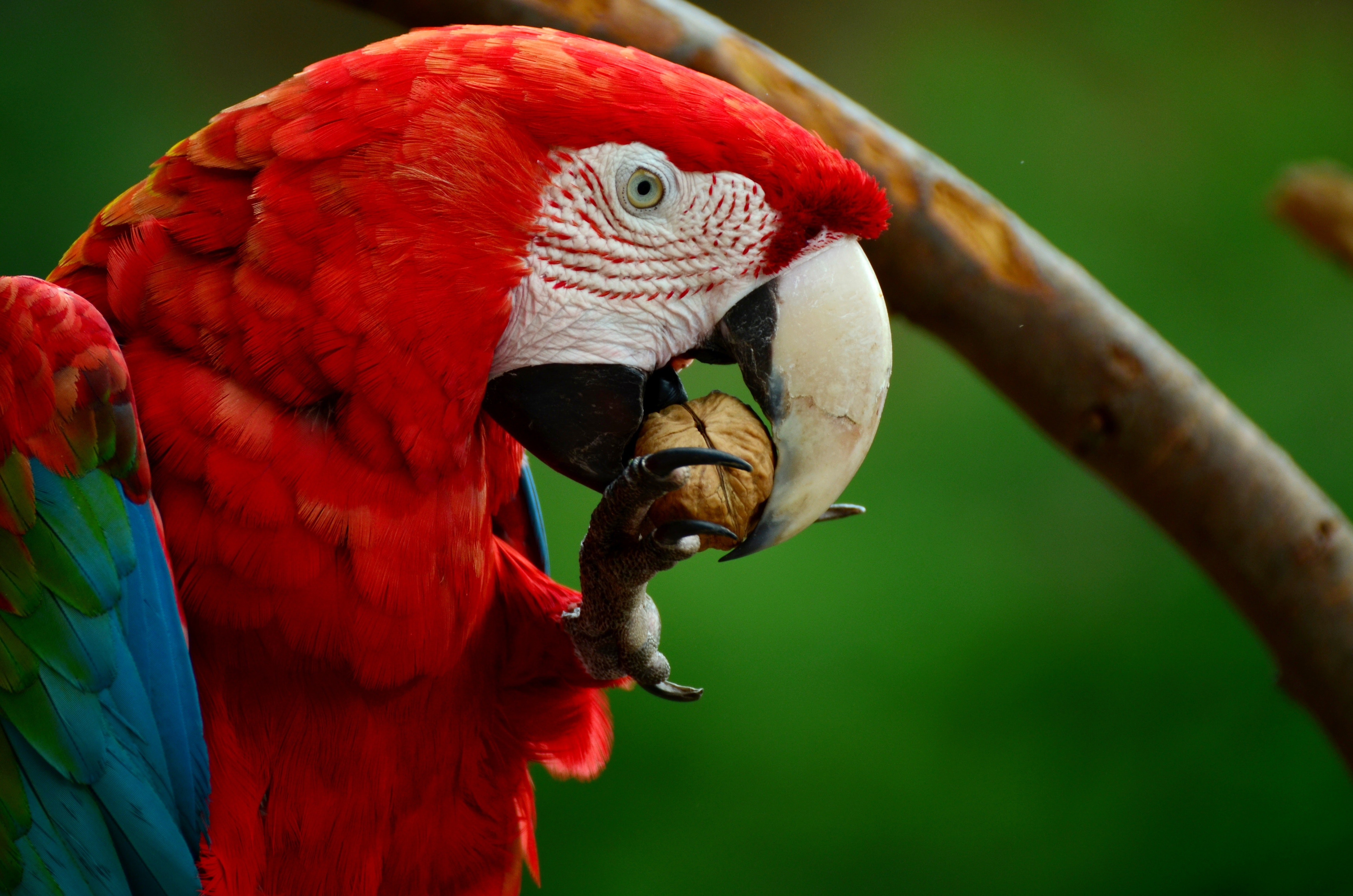Scarlet Macaw put on the endangered list
Decreasing Numbers Call For Legal Protection

It has been some time that northern Central America Macaw (Ara macao cyanoptera) has been struggling with endangerment due to deforestation which is killing it's natural habitat as well as illegal wildlife trafficking, with the Endangered Species Act Protection we hope that this beautiful species is preserved.
Scarlet Macaw
The scarlet macaw (Ara macao) is one of the symbols of the Peruvian Amazon. Its brilliant colors have captivated people all over the world through the iconic images of the birds feeding on collpas (clay licks). Macaws in general, aside from being visually impressive, are important components of jungle life. They disperse seeds which help the regeneration of trees. Additionally, they are tightly linked with the aguaje (Mauritia flexuosa), a large palm tree that serves as its natural nesting place.
IUCN does not consider the scarlet macaw to be Vulnerable or Near Threatened, given its wide distribution range from northern Central America to the south of the Amazon. However, the northern subspecies, restricted to northern Central America (Ara macao cyanoptera), was recently changed in categorization to Endangered, because its populations are declining rapidly. Regardless of IUCN categorization, the scarlet macaw, along with other parrots, faces important threats, such as illegal wildlife trafficking, because of its great beauty, and is one of the prohibited species for commerce by the Convention on International Trade of Endangered Species (CITES).
10 facts about the scarlet macaw:
- There are various theories as to why macaws eat clay. One of them is that they need sodium and other minerals found in the clay. Another is that macaws enjoy socializing at the claylick every morning.
- One of the macaw’s strongest competitors for the use of trees as nests is the Africanized bee.
- For some researchers, the macaw’s presence is an indicator of forest quality, since the macaw needs certain tree species to nest in that are characteristic of primary forests.
- Although one pair can lay between 1-4 eggs per year, rarely do more than 2 chicks survive. Additionally, because the chicks hatch at different times, the older chick has a higher probability of surviving than the younger chick.
- Macaws are monogamous, and normally have only one mate.
- Censuses show that each year, less than 20% of the Scarlet Macaw population reproduces, making it very vulnerable to threats.
- On some occasions, the Scarlet Macaw hybridizes with other macaw species creating rare morphologies like bright orange plumage.
- Its beak is hooked and strong, which allows it to break open hard-shelled seeds, excavate in clay, and defend itself against predators.<
- When the macaw is stressed out, like other parrots, it will rip its own feathers out.
- All macaws are left-footed. They use their left foot to manipulate food while they support themselves with their right foot.
To read more on this beautiful animal visit WCS PERU